Mount Awu Crater
| This file is in the public domain in Indonesia, because it is published and distributed by the Government of Republic of Indonesia, according to Article 43 of Law 28 of 2014 on copyrights.
Any of the following acts are not considered Copyright infringement:
|
 |
Relevantní obrázky








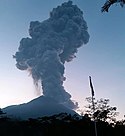





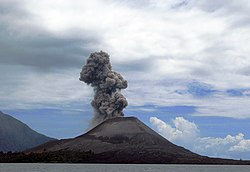

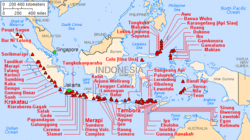








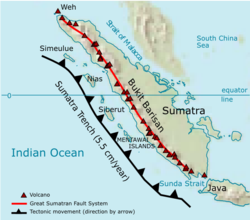


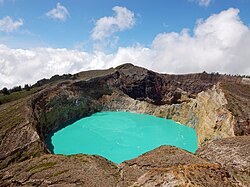



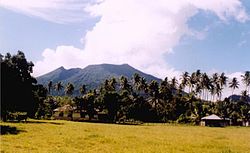



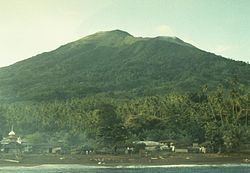





Relevantní články
AwuAwu je masivní a v současnosti nečinný 1 320 m vysoký stratovulkán, nacházející se v severní části indonéského ostrova Sangir Besar, největšího ostrova Sangihských ostrovů. Sopka leží na starší 4,5 km široké kaldeře. Vrcholový kráter má průměr přibližně 1 km a hloubku 172 m. Awu je jedna z nejničivějších sopek Indonésie, kumulativní počet obětí je přes 8 000. Vysoká „mortalita“ sopky je způsobena zničujícími pyroklastickými proudy a lahary, uvolňovanými během erupcí. K takovým událostem došlo v rocích 1711, 1812, 1856, 1892, 1966. Poslední erupce proběhla v srpnu 2004. .. pokračovat ve čtení
Seznam sopek IndonésieToto je seznam sopek v Indonésii. .. pokračovat ve čtení
